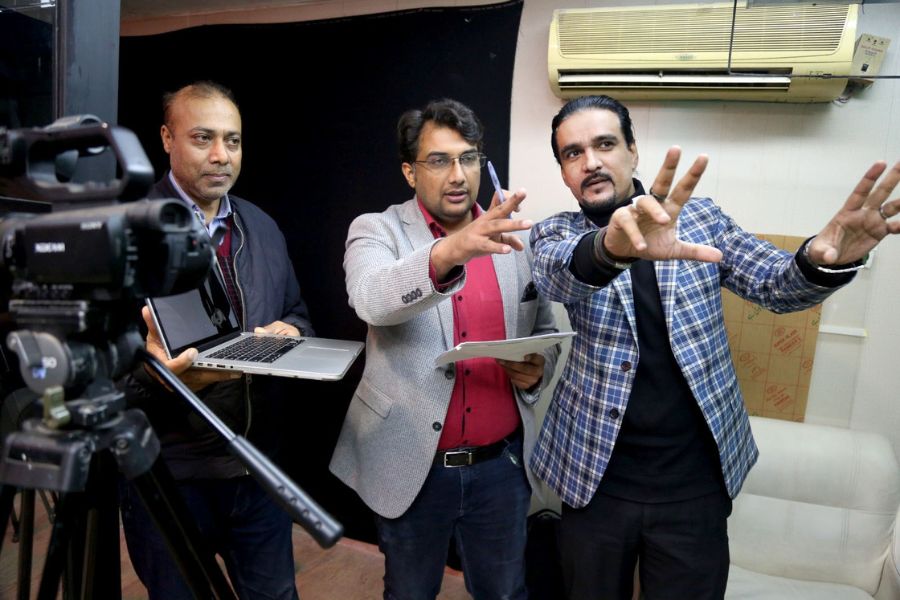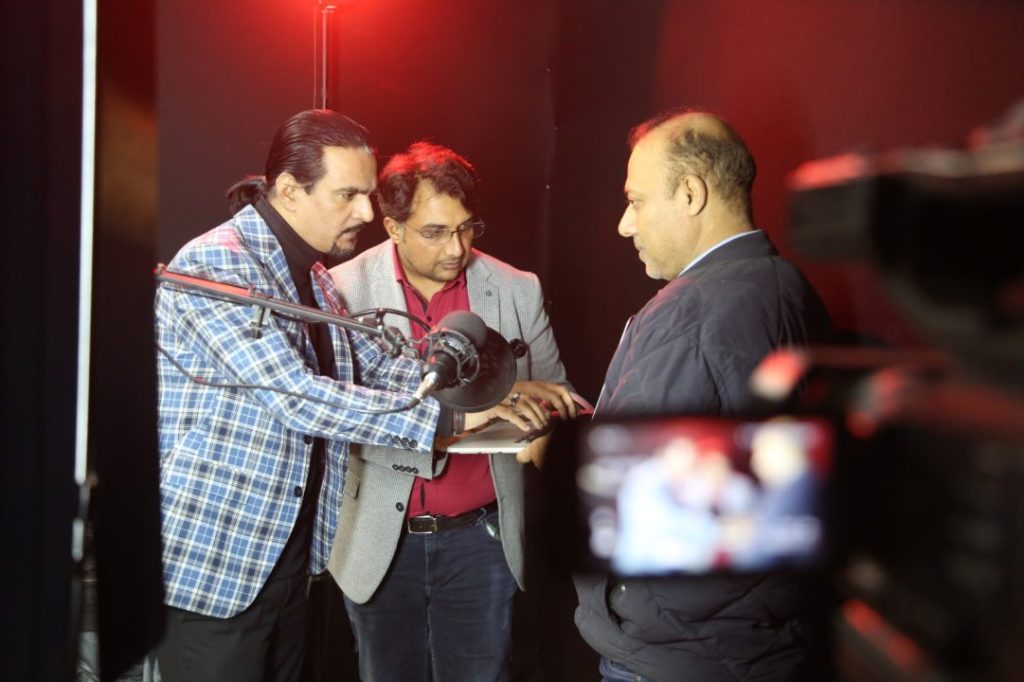Filmmaking is a blend of artistry and technique, where every shot is meticulously crafted to evoke emotion and captivate audiences. Whether you’re a seasoned filmmaker or just starting out, mastering the art of cinematic shots is essential for creating visually stunning and immersive storytelling experiences. I teach cinematography skills project-based at the University of South Asia. You can collaborate with me to learn in person. In this article, we’ll delve into seven insider tips that every filmmaker should know to elevate their cinematography skills and capture breathtaking cinematic shots.
1. Introduction to Cinematic Shots
Cinematic shots are more than just capturing a scene; they’re about storytelling through visuals. Each shot is carefully composed to convey emotion, set the mood, and drive the narrative forward. From sweeping landscapes to intimate close-ups, cinematic shots transport viewers into the heart of the story, making them an integral part of the filmmaking process.
- Wide Shot (WS): Shows the whole scene, like the vast landscapes in “The Lord of the Rings.”
- Medium Shot (MS): Frames the subject from the waist up, as seen in “Forrest Gump” on the bench scene.
- Close-Up (CU): Zooms in on a specific detail for emotional impact, like Heath Ledger’s Joker in “The Dark Knight.”
- Extreme Close-Up (ECU): Zooms in even closer for dramatic effect, as in the shower scene from “Psycho.”
- Over-the-Shoulder Shot (OTS): Shows one character from behind another, adding depth to scenes like in “The Godfather.”
2. Understanding Camera Angles and Movements As Filmmaker

The choice of camera angles and movements plays a pivotal role in creating cinematic shots. Whether it’s a dramatic low-angle shot or a dynamic tracking shot, each angle and movement adds depth and dimension to the scene, allowing filmmakers to control the viewer’s perspective and engagement.
Camera Angles:
Eye Level Shot: Places the viewer at eye level with the subject, creating a neutral and natural perspective. Imagine a conversation between two people where the camera is positioned around head height.
Low Angle Shot: Looks up at the subject, making them appear powerful, dominant, or even intimidating. Think of a superhero landing scene where the camera is pointed up at their heroic pose.
High Angle Shot: Looks down at the subject, diminishing their importance or making them feel vulnerable. This can also be used to establish a sense of location, like showing a person walking down a crowded street.
Camera Movements:
Pan Shot: Rotates the camera horizontally to follow a moving subject or reveal a wider scene. Imagine a scene where a detective is panning across a crime scene to take in all the clues.
Tilt Shot: Moves the camera vertically up or down, often to reveal something hidden or to emphasize the height of a subject. A tilt shot might be used to reveal a hidden weapon or to show a skyscraper reaching towards the sky.
Tracking Shot: The camera moves along with the subject, creating a sense of immersion and movement. Think of the opening scene in “Goodfellas” where the camera tracks alongside gangsters walking through a crowded nightclub.
3. Utilizing Lighting Techniques
Lighting is the cornerstone of cinematography, shaping the mood, atmosphere, and visual appeal of each shot. By mastering lighting techniques such as Rembrandt lighting, chiaroscuro, and high-key lighting, filmmakers can create stunning cinematic effects that enhance the storytelling experience.
In “The Godfather,” lighting techniques like Rembrandt lighting intensify the atmosphere of the restaurant scene, adding tension and depth to the characters’ expressions. This enhances the storytelling experience.
4. Mastering Composition

Composition is the foundation of every great shot, guiding the viewer’s eye and conveying meaning through visual elements. By adhering to the rule of thirds, balancing symmetry, and framing subjects with intention, filmmakers can create visually compelling compositions that resonate with audiences.
Here are some key principles of composition that filmmakers use to create impactful visuals:
- Rule of Thirds: Imagine dividing your frame into a 3×3 grid. The most interesting elements are often placed at the intersection points of these lines, creating a more dynamic composition than simply placing them in the center.
- Balance: A balanced composition creates a sense of stability and harmony. This can be achieved through symmetry, where elements are mirrored on either side of the frame, or asymmetry, where contrasting elements create a sense of tension.
- Framing: How you frame your subject can significantly impact the viewer’s perception. Using leading lines, foreground elements, or negative space can all draw attention to your subject and create a sense of depth within the frame.
Book: “Mastering Composition: Techniques and Principles to Dramatically Improve Your Painting” by Ian Roberts Ian Roberts Mastering Composition: https://www.ianroberts.com/mastering-composition/
5. Creating Depth and Perspective
Depth and perspective are essential elements of cinematic shots, adding layers of visual interest and immersing viewers in the scene. Techniques such as leading lines, foreground-background interplay, and shallow depth of field can create a sense of depth that draws viewers into the frame, making them active participants in the storytelling process.
6. Exploring Color Grading
Color grading is a powerful tool for enhancing the mood, tone, and atmosphere of cinematic shots. By manipulating color temperature, saturation, and contrast, filmmakers can evoke emotion and create visual cohesion throughout their film, transforming ordinary scenes into cinematic masterpieces.
7. Incorporating Sound Design

Sound is as crucial to cinematic shots as visuals, shaping the mood, pacing, and emotional resonance of each scene. By paying attention to ambient sounds, music selection, and sound effects, filmmakers can create immersive audio experiences that elevate the overall cinematic impact of their shots. To achieve sophisticated color grading effects like those described above, filmmakers often utilize professional editing software such as Adobe Premiere Pro, DaVinci Resolve, or Final Cut Pro.
Conclusion
Mastering the art of cinematic shots requires a combination of technical skill, creative vision, and storytelling prowess. By incorporating these seven insider tips into your filmmaking toolkit, you can elevate your cinematography skills and create stunning cinematic shots that leave a lasting impression on audiences.
FAQs
1. What equipment do I need to capture cinematic shots?
While high-end cameras and lenses can enhance the quality of your shots, creativity and technique are far more important. Start with the equipment you have and focus on mastering the fundamentals of composition, lighting, and storytelling.
2. How can I improve my lighting skills for cinematic shots?
Experiment with different lighting setups, study lighting techniques used in films, and practice manipulating light to achieve desired effects. Don’t be afraid to try unconventional approaches and learn from both successes and failures.
3. What role does post-processing play in creating cinematic shots?
Post-processing is an integral part of the filmmaking process, allowing filmmakers to fine-tune their shots, correct imperfections, and enhance visual aesthetics. However, it’s essential to maintain a balance and avoid over-editing, as it can detract from the authenticity of the footage.
4. How can I stay inspired and motivated to create cinematic shots?
Surround yourself with creative influences, seek inspiration from other filmmakers and artists, and challenge yourself to push creative boundaries. Remember that every filmmaker faces moments of doubt and frustration; the key is to persevere and stay committed to your craft.
5. What are some common mistakes to avoid when capturing cinematic shots?
Some common mistakes include neglecting proper planning and preparation, relying too heavily on visual effects to compensate for lackluster storytelling, and overlooking the importance of sound design in enhancing the cinematic experience. By avoiding these pitfalls and focusing on honing your craft, you can create cinematic shots that resonate with audiences on a profound level.

